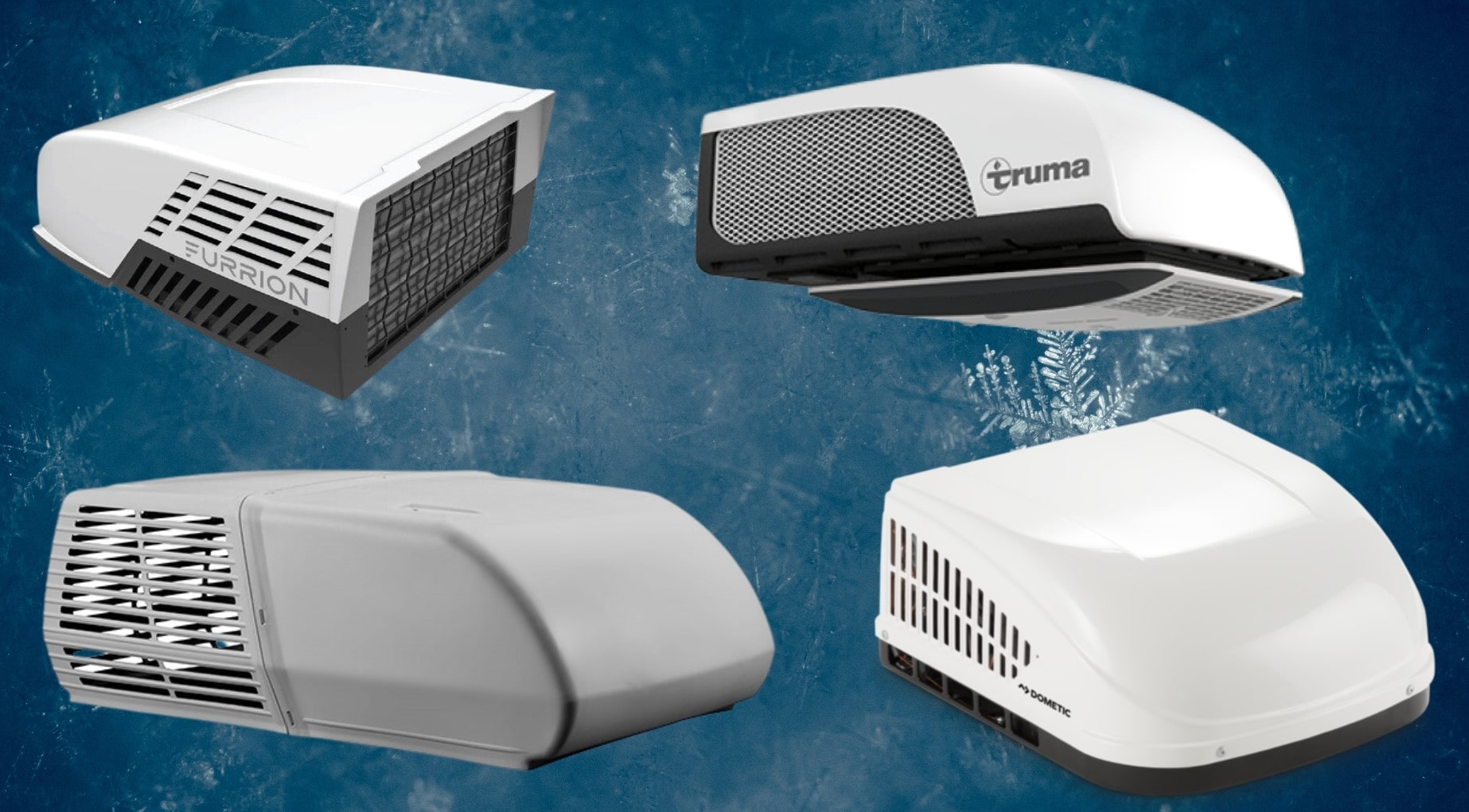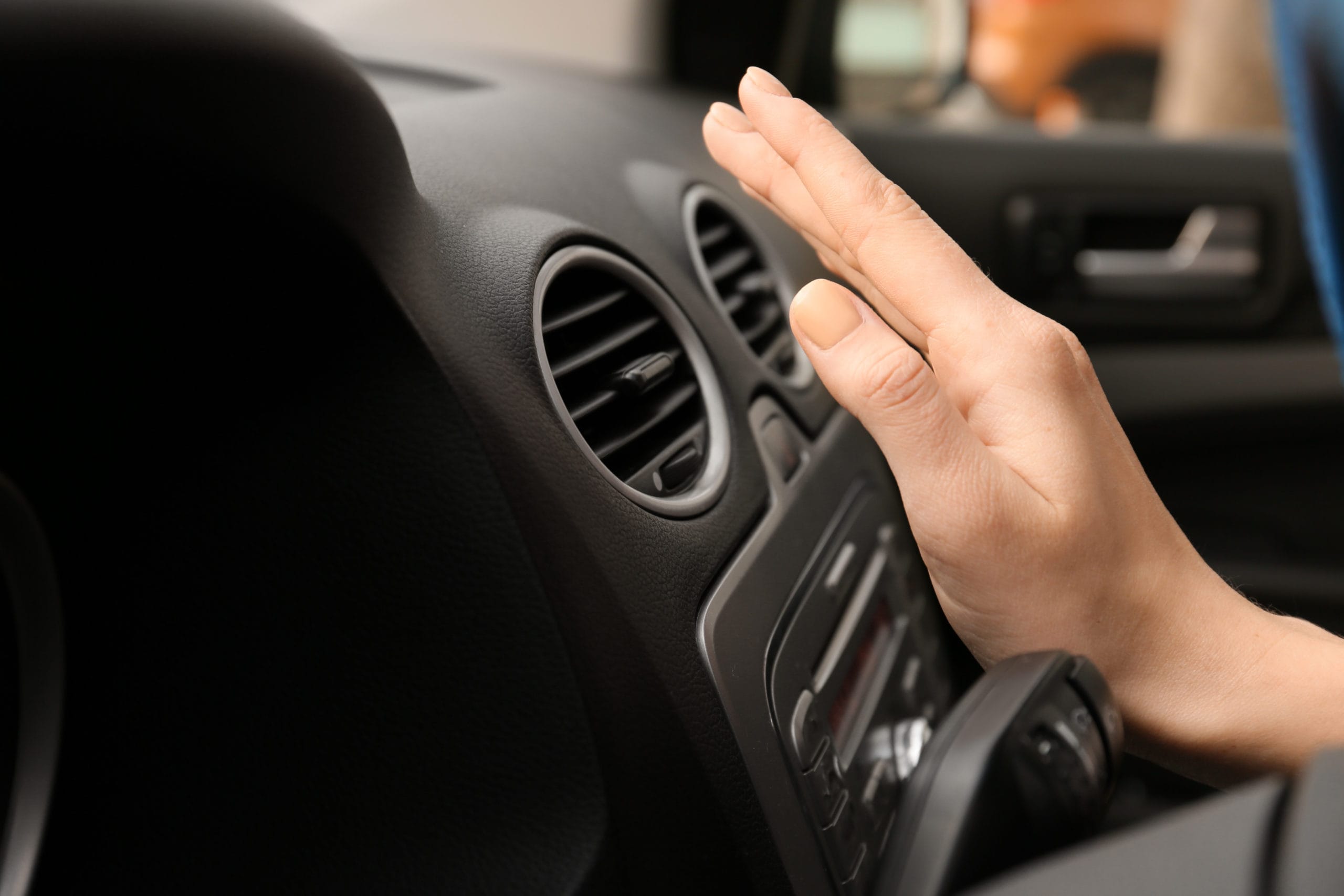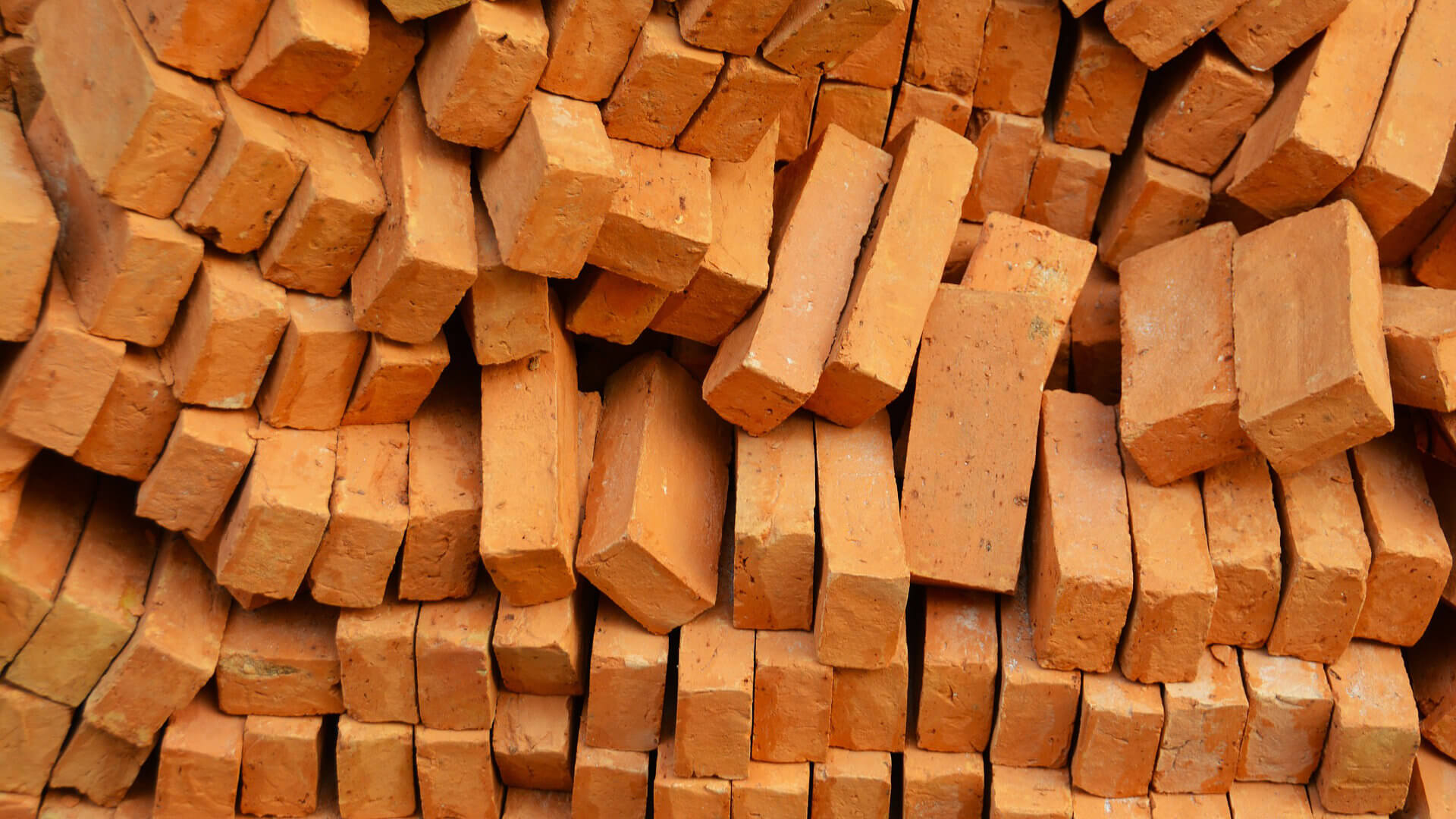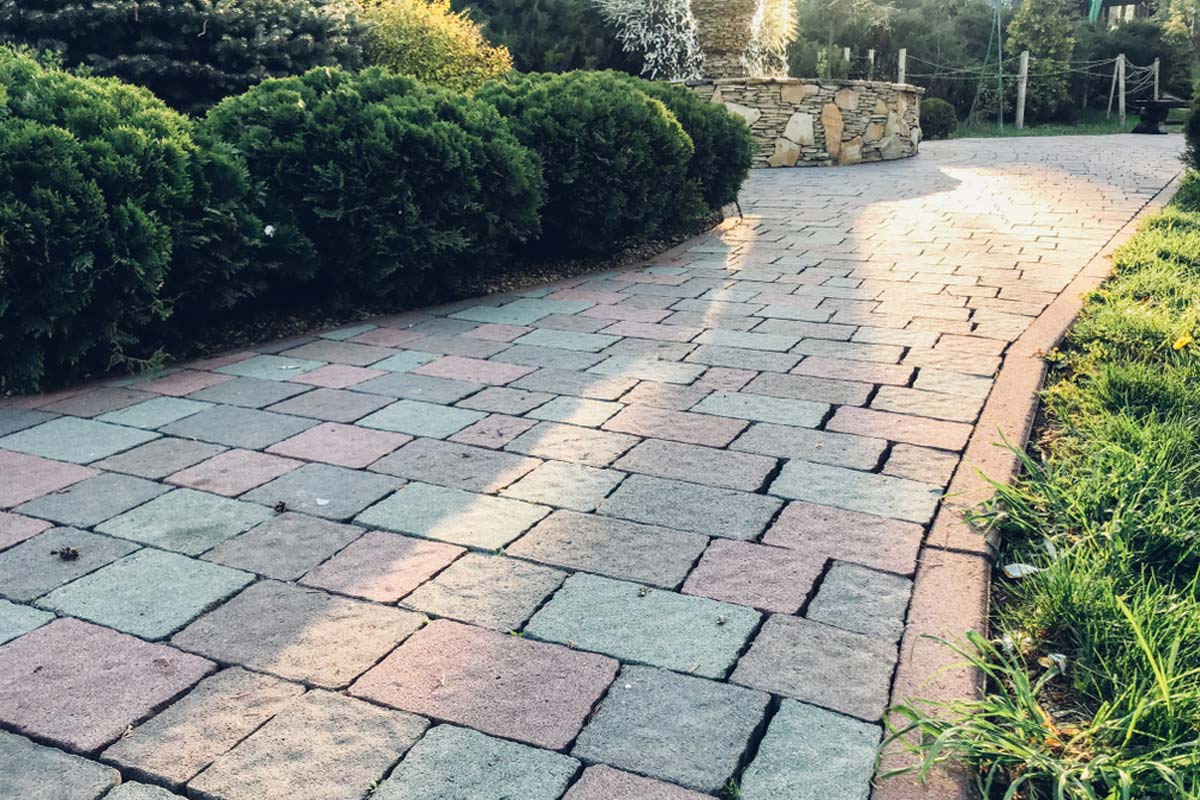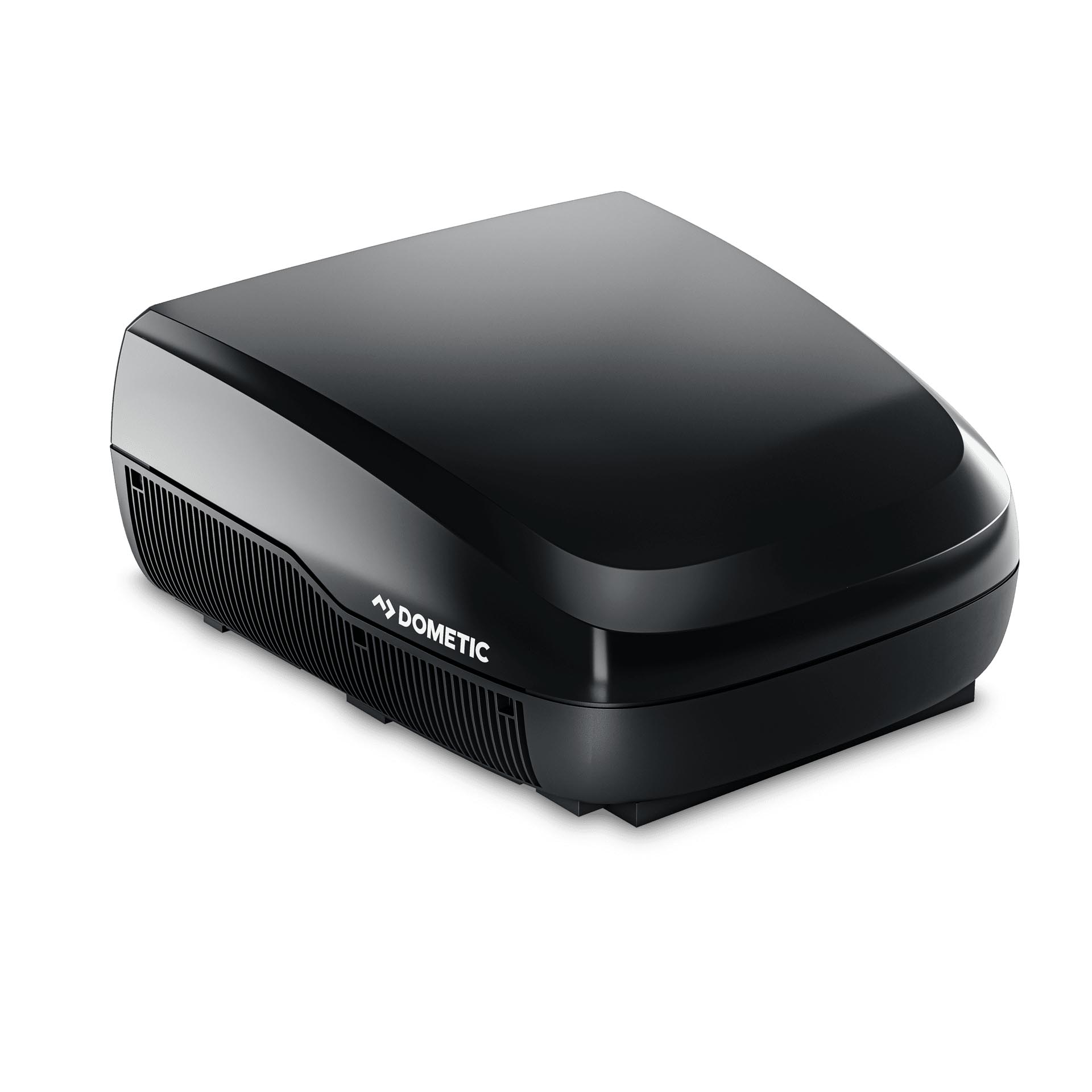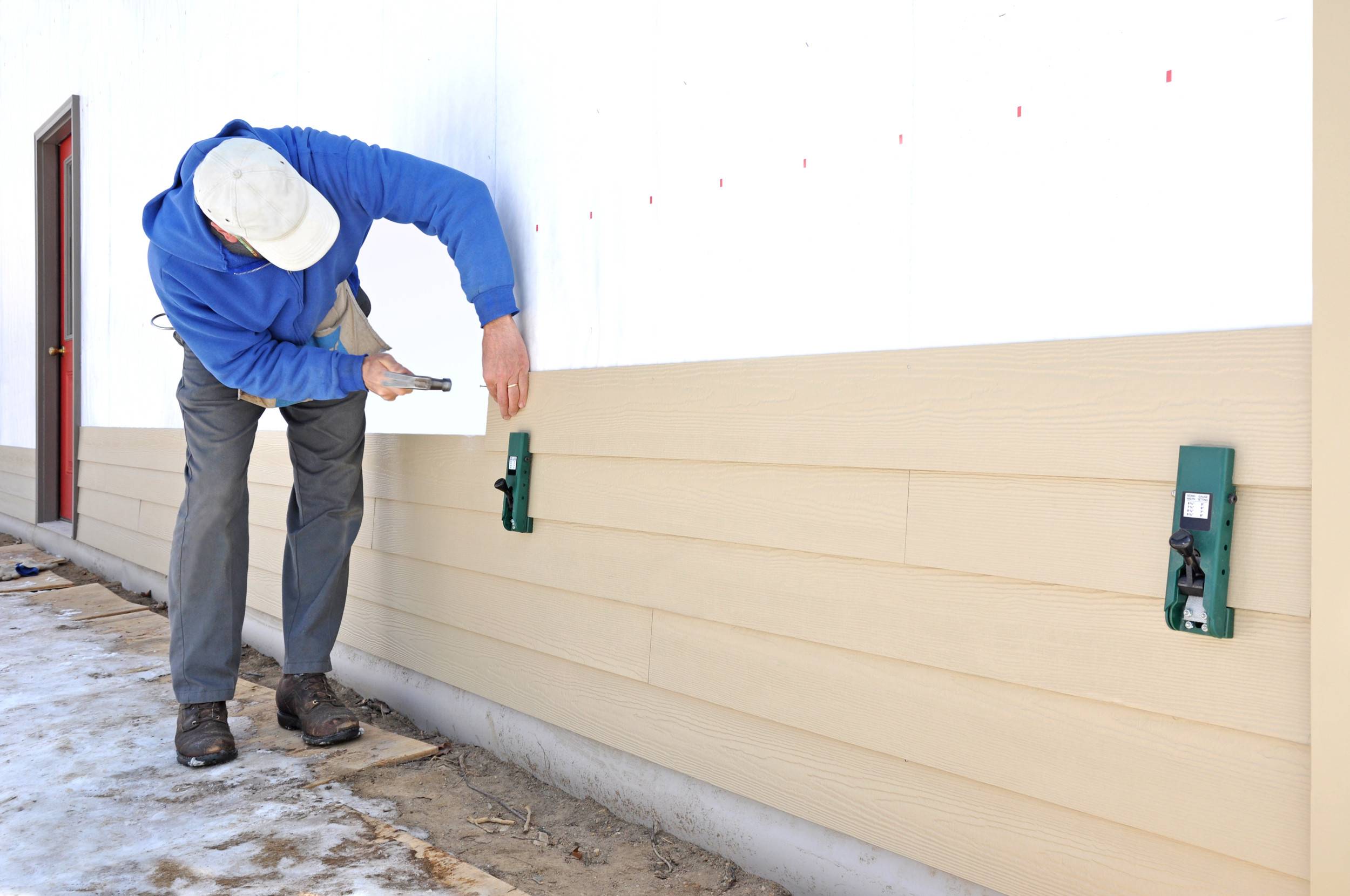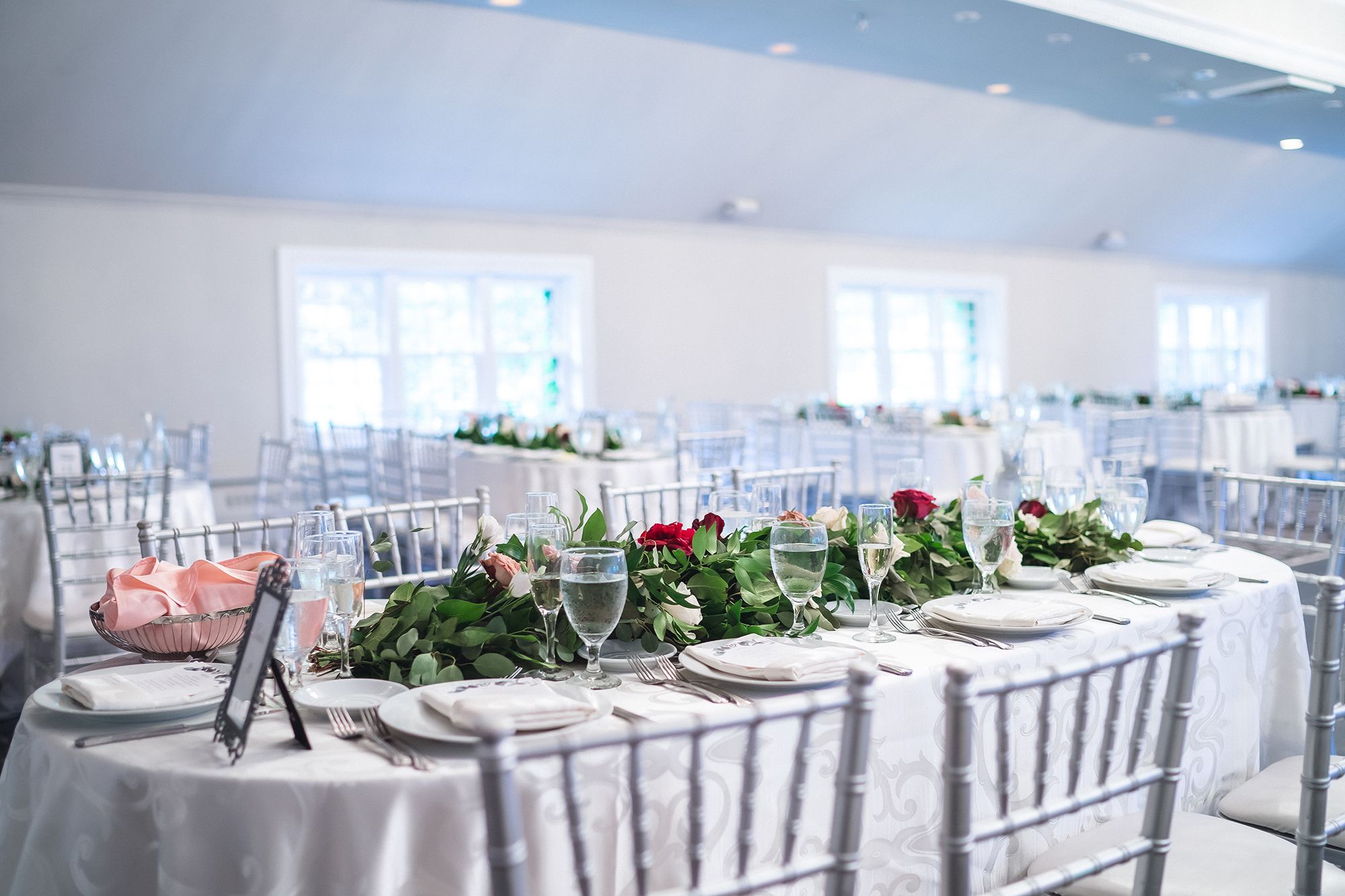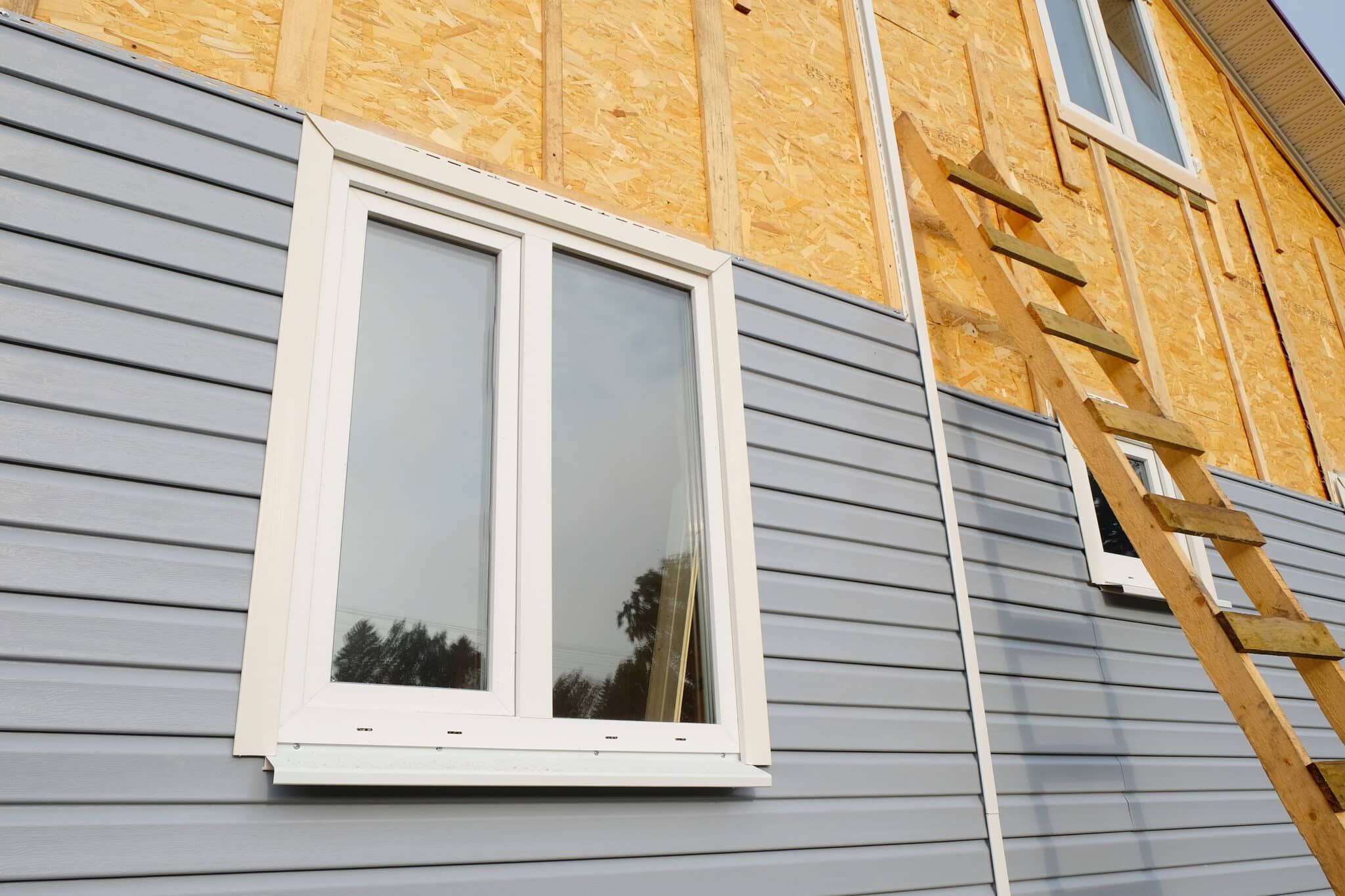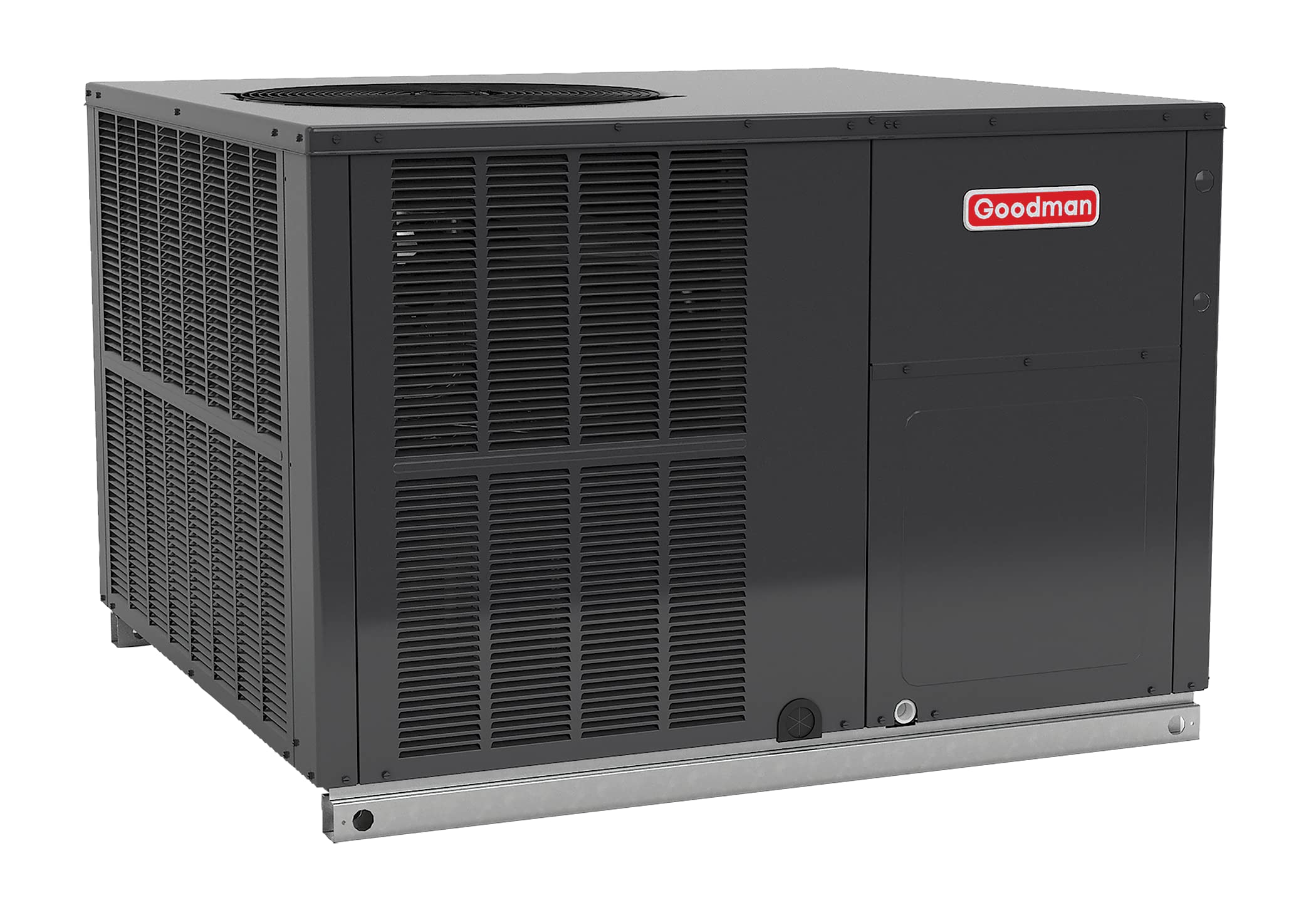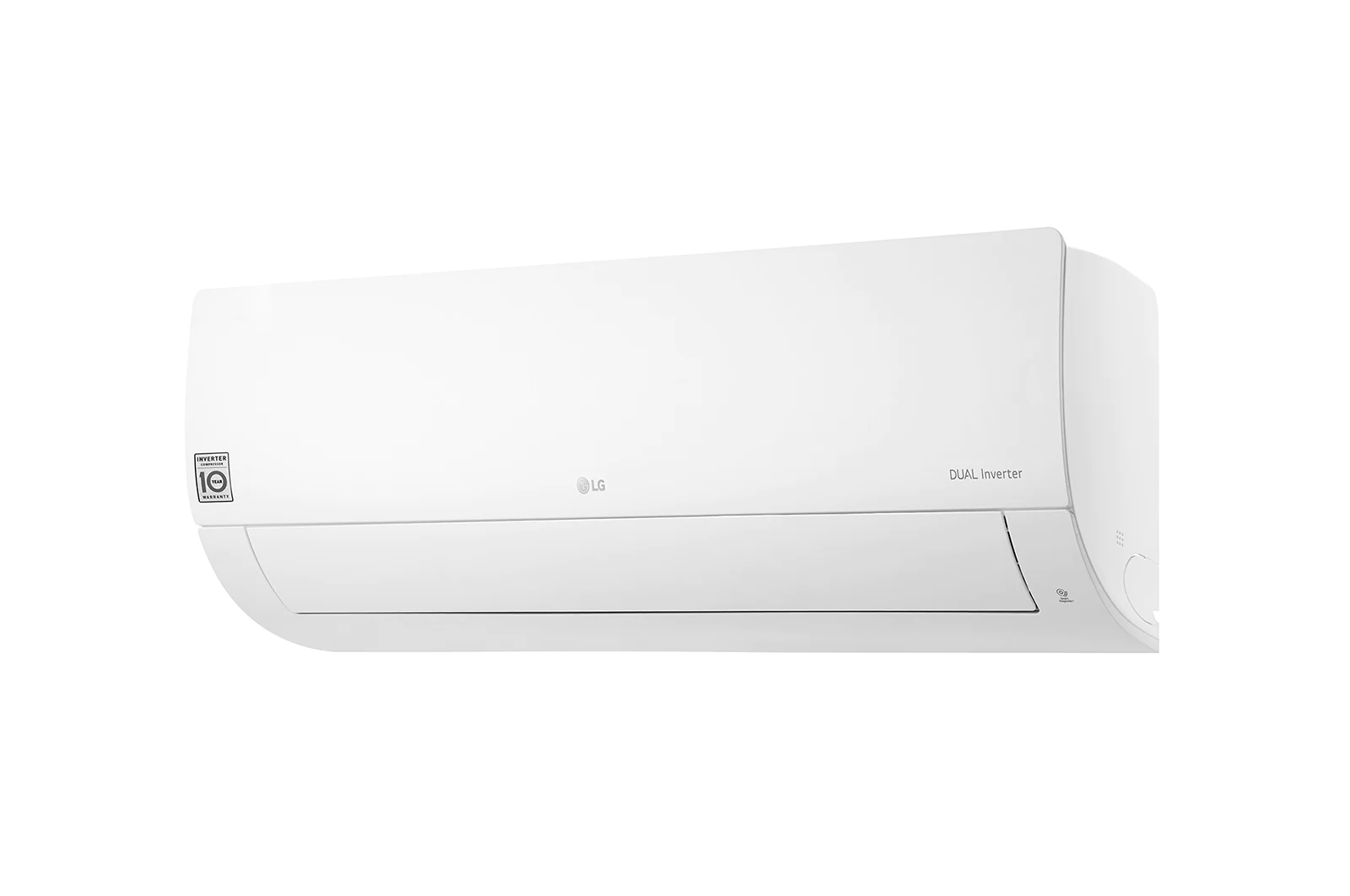Home>Home Maintenance>How Many BTUs Per Square Foot Does An Air Conditioner Need
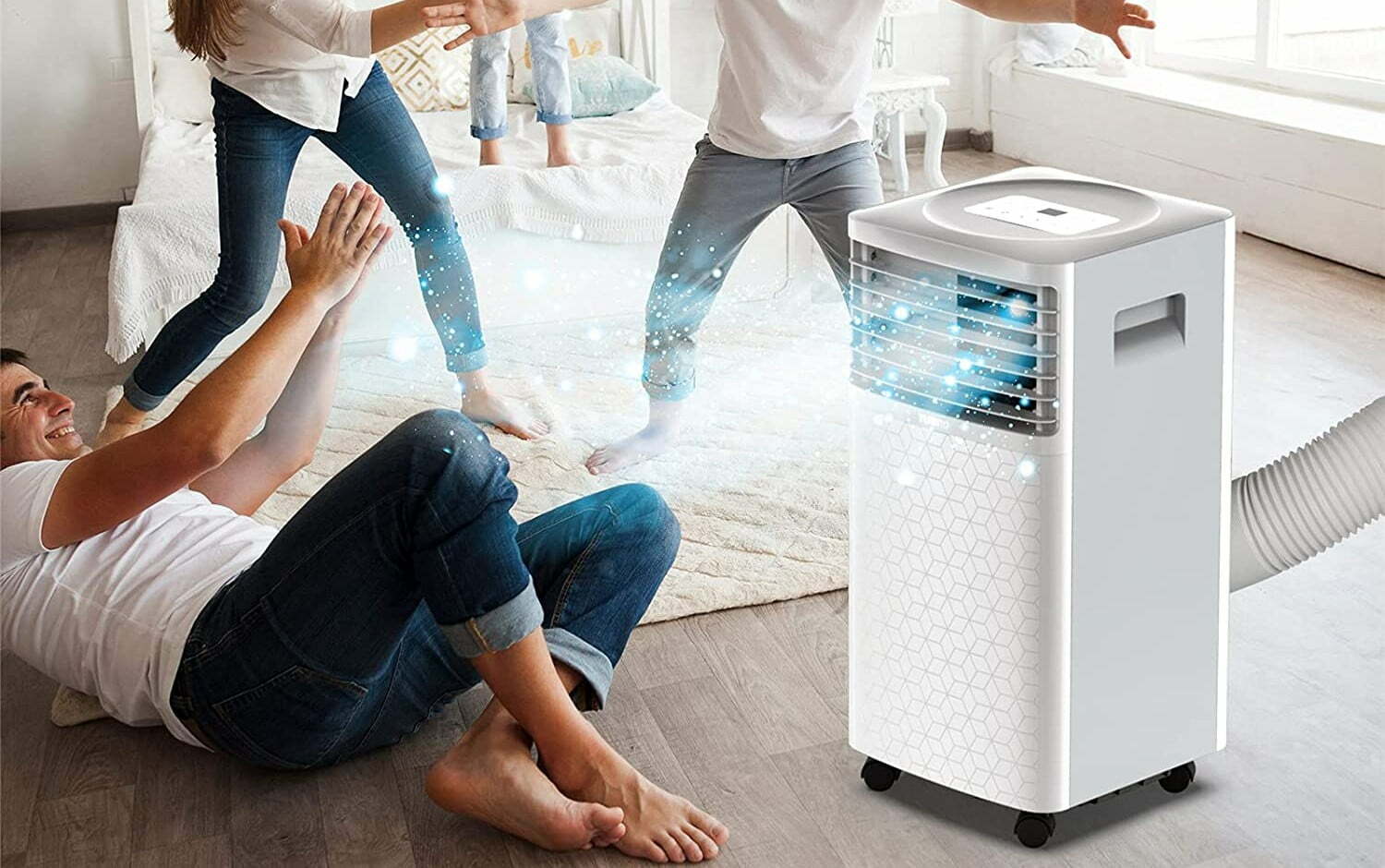

Home Maintenance
How Many BTUs Per Square Foot Does An Air Conditioner Need
Modified: August 23, 2024
Find out the ideal number of BTUs per square foot for your air conditioner to effectively cool your home. Expert tips and advice for home maintenance.
(Many of the links in this article redirect to a specific reviewed product. Your purchase of these products through affiliate links helps to generate commission for Storables.com, at no extra cost. Learn more)
Introduction
Welcome to our comprehensive guide on understanding the number of BTUs (British Thermal Units) per square foot that an air conditioner needs. When it comes to home maintenance, ensuring the right cooling capacity is crucial for optimal comfort and energy efficiency.
BTUs per square foot is a measurement used to determine the cooling capacity required for a specific space. By understanding this measurement, homeowners can choose the right air conditioner to suit their needs, prevent energy waste, and avoid overworking the system.
In this article, we will delve into the factors that affect BTUs per square foot, provide recommendations for different room types, and offer guidance on making adjustments when necessary. So, whether you’re looking to install a new air conditioner or optimize your existing system, read on to discover how many BTUs per square foot your space needs.
Key Takeaways:
- Choose the right air conditioner by calculating the BTUs per square foot based on room size, insulation, and sunlight exposure. Consulting a professional ensures accurate cooling capacity for your specific needs.
- Understanding the factors affecting BTUs per square foot helps optimize energy efficiency and maintain a comfortable living environment. Consider adjustments for high ceilings, poor insulation, and heat-generating appliances to ensure optimal cooling comfort.
Read more: How Many HVAC Vents Per Square Foot
Understanding BTUs per Square Foot
Before we dive into the specifics of BTUs per square foot, let’s start by understanding what BTUs are and how they relate to cooling capacity. BTUs are a unit of measurement that quantifies the amount of heat an air conditioner can remove from a space within an hour. In the context of cooling, the higher the BTUs, the more cooling power an air conditioner has.
BTUs per square foot is a calculation that determines the ideal cooling capacity required to effectively cool a given area. It is based on factors such as room size, insulation, and heat gain. The goal is to find the right balance between sufficient cooling power and energy efficiency.
The general rule of thumb is that for every square foot of space, you need a certain number of BTUs to cool it adequately. However, it’s important to note that this is just a guideline, and other factors can influence the actual number of BTUs you need.
Keep in mind that having too few BTUs can result in insufficient cooling, causing discomfort on hot days and a lack of energy efficiency. On the other hand, having too many BTUs can lead to excessive cooling, resulting in shorter cooling cycles, higher humidity levels, and increased energy consumption.
To determine the optimal BTUs per square foot for your space, it’s essential to consider various factors that directly affect the cooling load. Let’s explore these factors in more detail.
Factors Affecting BTUs per Square Foot
Several factors play a significant role in determining the number of BTUs per square foot that an air conditioner needs. Understanding these factors will help you make a more accurate assessment of your cooling requirements. Here are the key factors to consider:
- Room size: The square footage of the room is one of the primary factors in determining the BTUs required. As a general guideline, larger rooms will need more BTUs to cool effectively.
- Ceiling height: Rooms with higher ceilings require more cooling power as they have a greater volume of air to cool. Taller ceilings can affect the air circulation and result in hot air getting trapped near the ceiling.
- Insulation: The level of insulation in your home affects its ability to retain cool air. Well-insulated spaces require fewer BTUs as the cool air stays inside longer. On the other hand, poorly insulated areas may leak cool air, requiring more BTUs to compensate.
- Windows and sunlight exposure: The number and size of windows in a room impact the heat gain. Rooms with large windows or extensive sunlight exposure may require additional BTUs to counteract the heat entering from outside.
- Climate: The local climate plays a role in determining the necessary cooling capacity. Hotter climates typically require higher BTUs to maintain a comfortable indoor temperature.
- Number of occupants: The number of people in a room can generate heat, resulting in an increased cooling load. If multiple individuals occupy a space regularly, you may need to account for this additional heat when calculating BTUs per square foot.
- Heat-generating appliances: Appliances such as computers, ovens, and refrigerators generate heat. The presence and usage of these appliances can increase the cooling load and require additional BTUs.
By considering these factors, you can get a better understanding of the cooling requirements for your space. It’s important to note that while these factors provide a general idea of the BTUs per square foot needed, it’s always best to consult an HVAC professional to determine the most accurate cooling capacity for your specific circumstances.
Determining the BTUs for Your Space
Now that you understand the factors influencing the number of BTUs per square foot, it’s time to determine the precise cooling capacity required for your space. Here are the steps to calculate the BTUs:
- Measure the room: Start by measuring the square footage of the room. Use a tape measure to measure the length and width of the space. Multiply the two measurements to get the total square footage.
- Consider ceiling height: Take note of the ceiling height in the room. If the ceiling is higher than the standard 8 feet, you’ll need to make adjustments to the BTUs calculation. For each additional foot of ceiling height, add approximately 10% to the BTUs needed.
- Assess insulation: Evaluate the quality of insulation in your space. If your home is well-insulated, you can deduct around 10% from the calculated BTUs. Conversely, if insulation is poor, you may need to add 10% to the BTUs.
- Account for sunlight exposure: Consider the number and size of windows in the room, as well as the direction they face. South and west-facing windows tend to receive more sunlight and generate more heat. For each square foot of window space, add approximately 1,000 BTUs.
- Adjust for occupancy: Take into account the number of people that typically occupy the room. For each additional person, add approximately 600 BTUs.
- Factor in heat-generating appliances: Consider the presence of heat-generating appliances in the room. Add approximately 2,000 BTUs for each major heat-producing appliance.
- Add it up: Sum up all the adjustments to the base BTU calculation based on room size. This will give you an estimate of the total BTUs required to effectively cool the space.
Remember, this calculation provides a rough estimate and might not account for all variables. It’s always recommended to consult with a professional HVAC technician to ensure accurate BTU calculations for your specific needs.
The general rule of thumb is that you need about 20 BTUs per square foot to effectively cool a space. However, factors like insulation, ceiling height, and climate can affect this number.
BTU Recommendations for Different Room Types
When it comes to determining the BTUs per square foot for different room types, it’s important to consider the specific cooling needs and usage of each space. Here are some general BTU recommendations for common room types:
- Bedrooms: For bedrooms, aim for approximately 20 BTUs per square foot. Since bedrooms are typically used for relaxation and sleep, a slightly cooler temperature is often desired.
- Living rooms: Living rooms are typically larger and often have more windows and open spaces. Aim for around 25-30 BTUs per square foot to ensure adequate cooling throughout the room.
- Kitchens: Kitchens tend to generate more heat due to cooking appliances. Aim for approximately 30 BTUs per square foot to account for this extra heat and maintain a comfortable cooking environment.
- Home offices: Home offices may have additional heat sources such as computers and electronics. Aim for around 25 BTUs per square foot to ensure a comfortable working environment.
- Bathrooms: Bathrooms are generally smaller spaces, so around 10-15 BTUs per square foot should be sufficient. However, if you live in a particularly cold climate or have a large window, you may need a higher BTU rating.
- Basements: Basements often have different insulation levels and unique cooling requirements. Depending on the usage of the basement, consider around 20-25 BTUs per square foot to effectively cool the space.
These recommendations serve as a starting point for determining the appropriate BTUs per square foot for different room types. However, remember that variations in factors such as insulation and sunlight exposure can affect the final BTU requirements. It’s always best to consult with a heating and cooling professional to ensure accurate BTU calculations for your specific circumstances.
Adjustments to BTUs per Square Foot
While the recommended BTUs per square foot serve as a general guideline, there are cases where you may need to make adjustments to ensure optimal cooling comfort. Here are some scenarios where adjustments to the BTU requirements may be necessary:
- High ceiling rooms: If you have rooms with ceilings higher than 8 feet, you’ll need to increase the BTUs to compensate for the larger volume of air. Add approximately 10% for each additional foot of ceiling height.
- Poor insulation: If your space is poorly insulated, it may require more BTUs to offset heat gain. Add around 10% to the BTU calculation.
- Excessive sunlight exposure: If a room has large windows or receives significant sunlight throughout the day, it will require additional cooling. Add approximately 1,000 BTUs for every square foot of window area.
- High occupancy levels: If a room is regularly occupied by more people than average, such as a gathering space or shared office, factor in additional heat generated by each person. Add approximately 600 BTUs per additional person.
- Heat-generating appliances: If a room has multiple heat-generating appliances, such as servers in a home office or kitchen appliances, it will require extra cooling. Add around 2,000 BTUs for each major heat-producing appliance.
- Unusually hot or cold climates: If your region experiences extreme temperatures, adjust the BTU calculation accordingly. In extremely hot climates, you may need to increase the BTUs, while in colder regions, you may be able to slightly reduce the BTUs.
It’s crucial to consider these adjustments to ensure your air conditioner can handle the specific cooling requirements of your space. Remember, these adjustments are not set in stone, and it’s always a good idea to consult with a professional HVAC technician to determine the most accurate BTU calculations for your specific needs.
Conclusion
Understanding the number of BTUs per square foot that an air conditioner needs is essential for maintaining a comfortable and energy-efficient living environment. By taking into account factors such as room size, insulation, sunlight exposure, and occupancy levels, you can determine the appropriate BTUs required to cool a specific space.
While there are general recommendations for BTUs per square foot for different room types, it’s important to remember that these are just guidelines. Adjustments may need to be made based on ceiling height, insulation quality, window exposure, and other factors that impact the cooling load.
To accurately determine the BTUs needed for your space, it’s recommended to consult with a professional HVAC technician. They can perform a thorough assessment of your home, considering all the factors specific to your circumstances, and provide you with an accurate BTU calculation.
Choosing the right air conditioner with the appropriate BTUs per square foot not only ensures your comfort but also optimizes energy efficiency. An air conditioner that is properly sized for your space will run more efficiently, potentially saving you money on energy bills in the long run.
So, whether you’re looking to install a new air conditioning system or want to ensure your current system is providing optimal cooling, understanding BTUs per square foot is a vital piece of knowledge. By taking into account the factors discussed in this article and seeking professional guidance when needed, you can enjoy a cool and comfortable home all year round.
Frequently Asked Questions about How Many BTUs Per Square Foot Does An Air Conditioner Need
Was this page helpful?
At Storables.com, we guarantee accurate and reliable information. Our content, validated by Expert Board Contributors, is crafted following stringent Editorial Policies. We're committed to providing you with well-researched, expert-backed insights for all your informational needs.


